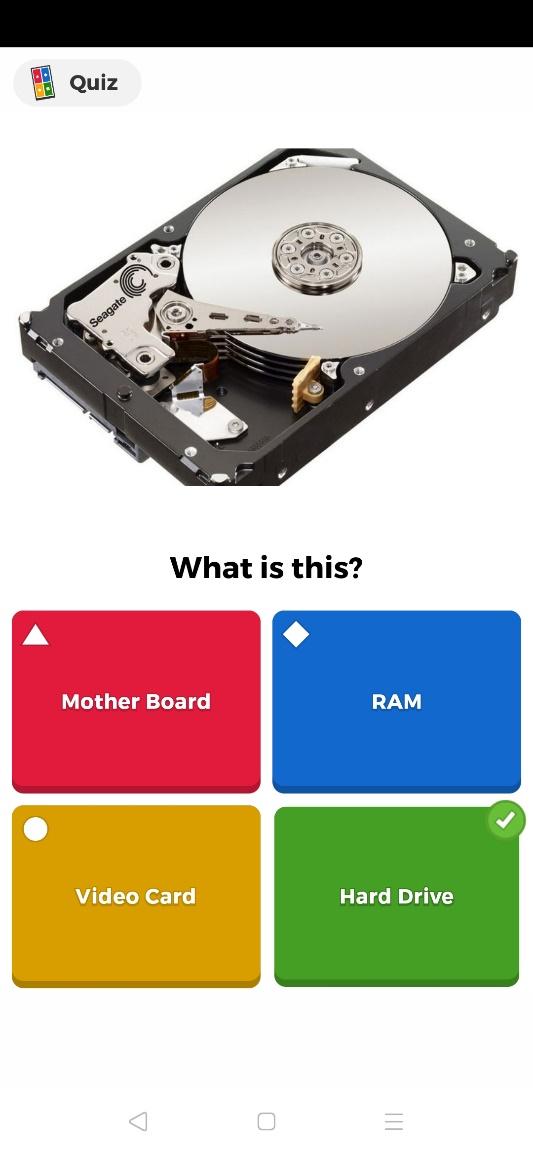Virtual Journey: Teachers to Innovators
Teachers can do wonder,
I heard this word,
in a meeting but now I am doing it on a virtual platform. I have been a teacher for a number of years, and over those years I have experienced a number of ups and downs. The face of education is ever-evolving, but I have never experienced changes such as those that have happened in the past few months. Currently, I feel as if I am riding on a virtual roller-coaster ride. when I get to know that we are going for online classes it becomes challenging for me to conduct online computer classes because in computer subject we need to do lots of practical work to put our theoretical knowledge into action. It was April month when I am teaching my kids on a virtual platform for the 1st time, it was not only for them but also for me as a learner to learn something new, each and every day.
The Innovation
A gamut of online products came to my rescue, and I embraced them wholeheartedly! some products, like (Kahoot, Mentimeter, online flashcards, spinwheel, pear deck, google slides, etc. were put in place by our school, co-office and teaching became very exciting and effective. I use all those teaching techniques extensively to write on a draw diagrams, solve problems and make students more involved in the class. Being a computer teacher, online videos are handy to show the exact concept of the chapter. Post-class activities and telephonic conversation, remedial classes help in interactions with parents and teacher-student relationships.
Tools 
to provoke interest amongst the students, I fabricated some virtual trips, using online video, virtual lab, computer practicals. With younger children, it was a challenge to assess their learning, so I also used interactive online quizzes like (kahoots, flashcards, Mentimeter, spinwheel, pear deck, google slides) to gauze their understanding of concepts learned, which was quite successful.










